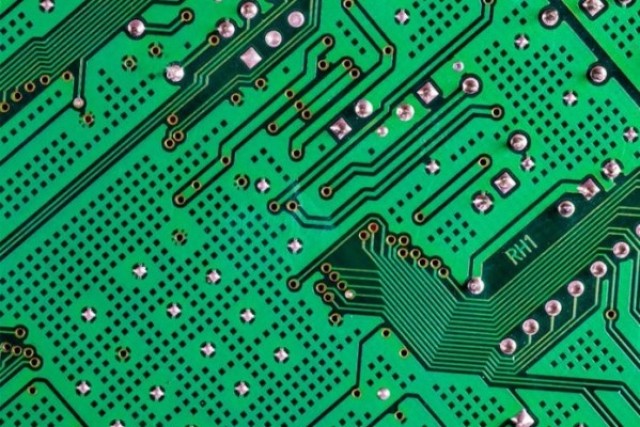Small startups are capitalizing on the untapped potential of the e-waste industry, earning up to $85,000 a day recycling old electronic circuit boards. Initiatives are likely to continue to expand: All over the world, abandoned printed circuit boards are projected to contain precious metals worth 55-60 billion dollars, which are just waiting to be taken away.
Electronic waste is rapidly becoming one of the biggest environmental hazards affecting our world today. More than 50 million tons of electronics are thrown into the trash, and most of this garbage is sent to third world countries (especially India) for recycling. This is an environmental nightmare that is projected to worsen significantly over the next decade due to our insatiable desire for new phones, laptops, gaming PCs, televisions and everything that requires electricity to work.
In addition, most of our electronic waste is not recycled at all, but rots in garages, landfills and on city streets. In the United States alone, only about 15% of all electronic waste that their citizens create daily is collected for recycling.
The downside of this situation is that electronic waste is simultaneously becoming one of the most underrated "gold veins" of the modern era due to the valuable metals contained inside most printed circuit boards.
Business Insider followed several e-waste recycling businesses and a small startup in Sydney, Australia, to find out how much income these small businesses can generate from recycling e-waste. It turned out that single scrapers cannot yet earn a steady income from e-waste, but scrapers who work in larger organizations, especially organizations/startups with access to heavy equipment, can generate serious income.
One such startup that Business Insider interviewed was Mint Innovation. Garbage collectors who find electronic waste and dump it into Mint Innovation can earn up to several thousand dollars per download. Mint Innovation has practically mastered the art of extracting metals from electronic waste using tons of special machines and a secret special component designed to destroy electronic circuit boards and separate valuable metals inside from unwanted plastic and other materials to which metals are attached.
The fully automated plant created by Mint Innovation can generate an impressive $85,000 a day in revenue from the raw metals it collects from electronic waste. This means about $30 million in revenue per year.
Mint Innovation perfectly demonstrates the amount of potential revenue that the e-waste industry can access right now. The problem, however, is that there is not enough infrastructure dedicated to e-waste recycling, which makes it difficult for e-waste collectors to generate an acceptable income. The situation can easily change in the future, as e-waste pollution continues to grow, and more and more entrepreneurs understand the potential income that e-waste can bring.

